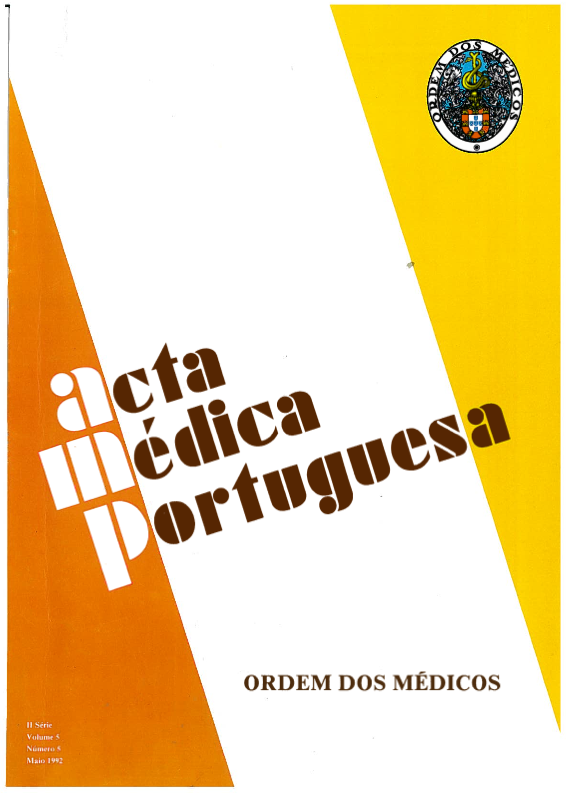Renal dysplasia: clinico-pathologic review.
DOI:
https://doi.org/10.20344/amp.3237Abstract
Histology records from 63 nephrectomies were reviewed; 22 patients had unilateral totally dysplastic kidneys and 5 had polar or segmental dysplasia. A clinicopathological study of these cases was undertaken. In the first group, there was a slight male preponderance and 75% of the patients presented were under two years of age. Urinary tract infection was the most common complaint. 4 patients were diagnosed in utero by ultrasound and 5 infants presented an abdominal mass. Hypertension was documented in a newborn baby. Ipsilateral lower urinary tract anomalies were found in 12 patients and those of the contralateral kidney in 2 children. There were 3 cases of extrarenal anomalies. Histological examination revealed 13 cases of multicystic dysplasia and 9 of solid dysplasia. Metaplastic cartilage was found in 1 case. In the group of segmental dysplasia, age ranging from 27 weeks' gestation to 8 years, at the time of the diagnosis. They all had duplex kidneys and 4 had ureterocele. Histological study in these cases was similar to the one found in the previous series, although superimposed inflammatory changes were more pronounced. Some of the theories regarding the pathogenesis of this disorder are reviewed and the importance of its diagnosis is emphasised.Downloads
Downloads
How to Cite
Issue
Section
License
All the articles published in the AMP are open access and comply with the requirements of funding agencies or academic institutions. The AMP is governed by the terms of the Creative Commons ‘Attribution – Non-Commercial Use - (CC-BY-NC)’ license, regarding the use by third parties.
It is the author’s responsibility to obtain approval for the reproduction of figures, tables, etc. from other publications.
Upon acceptance of an article for publication, the authors will be asked to complete the ICMJE “Copyright Liability and Copyright Sharing Statement “(http://www.actamedicaportuguesa.com/info/AMP-NormasPublicacao.pdf) and the “Declaration of Potential Conflicts of Interest” (http:// www.icmje.org/conflicts-of-interest). An e-mail will be sent to the corresponding author to acknowledge receipt of the manuscript.
After publication, the authors are authorised to make their articles available in repositories of their institutions of origin, as long as they always mention where they were published and according to the Creative Commons license.









